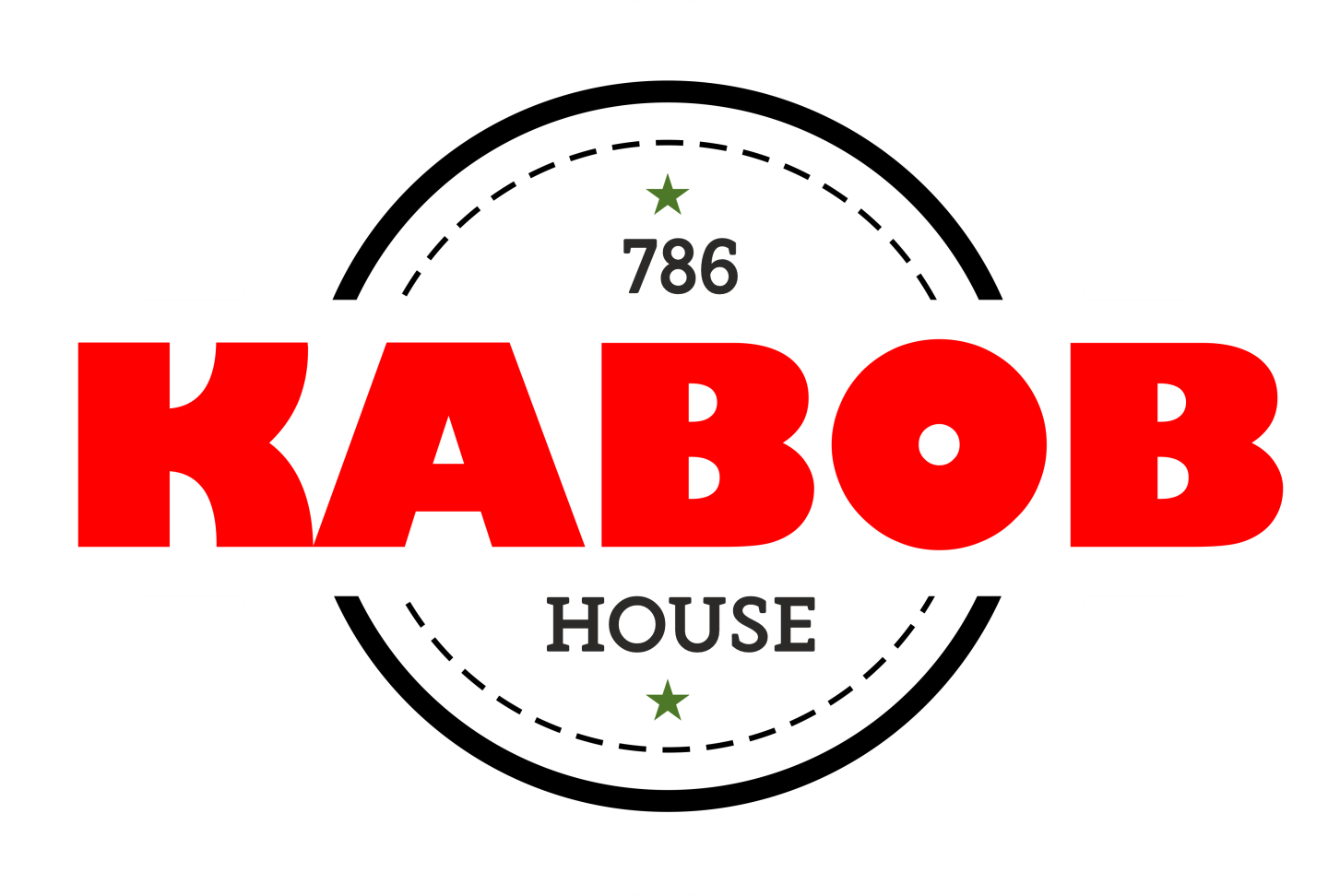Subtotal: $318.00
Sweet Endings: Exploring Traditional Afghan Desserts at 786 Kabob House
When it comes to the cuisine of Afghanistan, most people immediately think of flavorful rice dishes, spiced kabobs, and hearty stews. While these savory staples certainly deserve the spotlight, there's a lesser-known yet equally rich and indulgent component of Afghan cuisine that deserves attention: the desserts. At 786 Kabob House in Newark, California, traditional Afghan desserts take center stage in a delightful finale to any meal. These sweet offerings are more than just confections; they are a celebration of culture, family, and history.
In this article, we will explore the array of traditional Afghan desserts served at 786 Kabob House, delving into their ingredients, preparation methods, and cultural significance. From the silky texture of Firni to the nutty layers of Baklava, these desserts tell a story that is as heartwarming as it is delicious.
A Glimpse into Afghan Dessert Culture
Afghan desserts are deeply rooted in cultural and religious traditions. Sweet treats are often served during festivals, weddings, and family gatherings. They represent hospitality, generosity, and the Afghan spirit of community. Many of the desserts use simple, wholesome ingredients such as milk, cardamom, rosewater, saffron, and nuts—each adding depth and dimension to the final dish.
While Western desserts often emphasize sugar and fat, Afghan sweets are more about balance. They offer a refined sweetness, enhanced by spices and natural flavors, which makes them the perfect ending to a hearty Afghan meal.
Firni: Afghanistan’s Signature Custard
One of the most popular and beloved desserts in Afghan cuisine is Firni, a silky, milk-based custard flavored with cardamom and rosewater.
Ingredients:- Whole milk
- Cornstarch or rice flour
- Sugar
- Cardamom
- Rosewater
- Pistachios for garnish
Firni is traditionally prepared by slowly heating milk and thickening it with cornstarch or rice flour. Sugar is added to sweeten the base, while cardamom infuses the custard with its warm, aromatic flavor. A touch of rosewater adds a floral elegance that is distinctly Middle Eastern. Once the custard reaches the desired thickness, it is poured into individual bowls and chilled. Before serving, it is garnished with crushed pistachios.
Cultural Significance:Firni is more than a dessert; it's a comforting dish that evokes nostalgia and family memories. It is often made during Eid celebrations, served to guests as a symbol of goodwill and festivity. The preparation process itself is a cherished family ritual, often passed down through generations.
At 786 Kabob House, Firni is served with care, maintaining its traditional texture and flavor profile. The subtle sweetness and smooth consistency make it a crowd favorite, especially among those who appreciate traditional, less sugary desserts.
Baklava: A Layered Masterpiece
Though Baklava is often associated with Turkish or Greek cuisine, it is also a cherished dessert in Afghanistan, with its own regional variations. The Afghan version is just as rich and flavorful, showcasing the country’s love for nuts, honey, and flaky pastries.
Ingredients:- Phyllo dough
- Butter
- Chopped walnuts or pistachios
- Sugar
- Cinnamon
- Honey or rosewater syrup
Baklava is made by layering sheets of phyllo dough with melted butter and a generous sprinkling of chopped nuts and cinnamon. Once the layers are built, the pastry is cut into diamond or square shapes and baked until golden brown. A warm syrup made of sugar, honey, and sometimes rosewater is poured over the hot pastry, allowing it to soak in and create that signature sticky, sweet finish.
Cultural Significance:Baklava is typically served at celebrations, from weddings to Nowruz (Persian New Year). Its intricate layers symbolize prosperity and abundance, making it a fitting dessert for joyous occasions. The process of making Baklava is often a family affair, with multiple generations participating in its creation.
786 Kabob House offers Baklava that reflects the Afghan style—crispy, nutty, and soaked in a lightly sweetened syrup that enhances but doesn’t overpower. The result is a perfect balance of texture and flavor that leaves diners reaching for one more piece.
Sheer Khurma: A Festive Delicacy
Literally translated as "milk with dates," Sheer Khurma is a festive dessert traditionally made during Eid-ul-Fitr. It's a luxurious concoction of milk, dates, nuts, and vermicelli.
Ingredients:- Whole milk
- Vermicelli
- Dates
- Sugar
- Ghee (clarified butter)
- Cardamom
- Saffron
- Almonds, pistachios, and cashews
Vermicelli is first fried in ghee until golden, then cooked in boiling milk. Dates and sugar are added for sweetness, followed by an assortment of nuts and a pinch of saffron for color and flavor. Cardamom rounds out the dessert with its signature warmth.
Cultural Significance:Sheer Khurma is an integral part of Eid breakfasts in Afghan households. It signifies togetherness and is usually served to visiting family and friends throughout the holiday. Because it involves several premium ingredients, it is often reserved for special occasions.
At 786 Kabob House, Sheer Khurma is prepared with the same attention to detail and tradition. Its rich, milky texture and aromatic ingredients make it a hit among diners seeking a truly authentic Afghan dessert.
Jelabi: Sweet Spirals of Joy
Jelabi, also known as Jalebi in South Asia, is a bright orange, deep-fried dessert that is crispy on the outside and syrupy on the inside.
Ingredients:- All-purpose flour
- Yogurt
- Baking soda
- Sugar syrup flavored with saffron and rosewater
- Ghee or oil for frying
A batter is prepared using flour, yogurt, and a leavening agent, then piped into hot oil in spiral shapes. Once golden and crispy, the spirals are dunked into a warm sugar syrup until fully saturated.
Cultural Significance:Jelabi is a street food staple across Afghanistan, often enjoyed during festivals and large gatherings. Its vibrant color and sweet crunch make it particularly popular with children.
Though Jelabi is not always a permanent item on the menu at 786 Kabob House, it is occasionally featured during holidays or special events. Its joyful appearance and rich flavor make it a seasonal favorite.
Halwa: A Nutty, Aromatic Treat
Afghan Halwa differs from its Middle Eastern and Indian counterparts in texture and preparation. It is often made from flour or semolina, cooked with butter, sugar, and milk until it forms a dense, sweet paste.
Ingredients:- Semolina or wheat flour
- Butter or ghee
- Sugar
- Milk
- Cardamom
- Nuts (almonds, pistachios)
The flour is roasted in butter until golden brown, then sugar and milk are added to form a thick mixture. Once it reaches the desired consistency, it is garnished with nuts and allowed to set.
Cultural Significance:Halwa is a comfort food in Afghan households, served during religious gatherings, mourning events, or as a warm dessert on cold nights. Its preparation is often therapeutic, with the roasting of the flour filling the home with a nutty aroma.
786 Kabob House occasionally features Halwa as a special menu item, offering patrons a taste of this deeply satisfying and nostalgic dish.
Why Afghan Desserts Deserve the Spotlight
Afghan desserts are not just about ending a meal on a sweet note. They represent the warmth of Afghan hospitality, the richness of its culture, and the joy of sharing. Each dessert tells a story, often one that spans generations, and their preparation is an act of love and tradition.
At 786 Kabob House, these desserts are crafted with the same care and authenticity that defines their savory dishes. By preserving traditional methods and ingredients, the restaurant offers its guests an immersive cultural experience—right down to the last spoonful.
So the next time you dine at 786 Kabob House, save room for dessert. Whether it’s the creamy Firni, the flaky Baklava, or the celebratory Sheer Khurma, each bite is a journey into the heart of Afghan culinary heritage.
Visit 786 Kabob House
Address: 39941 Balentine Dr, Newark, CA 94560
Phone: +1 (510) 771-9579
Website: www.786kabobhousenewark.com
 Daria Shevtsova
Daria Shevtsova Chicken Masala
Chicken Masala Sicilian Pizza
Sicilian Pizza Beef Masala
Beef Masala Martin Widenka
Martin Widenka
